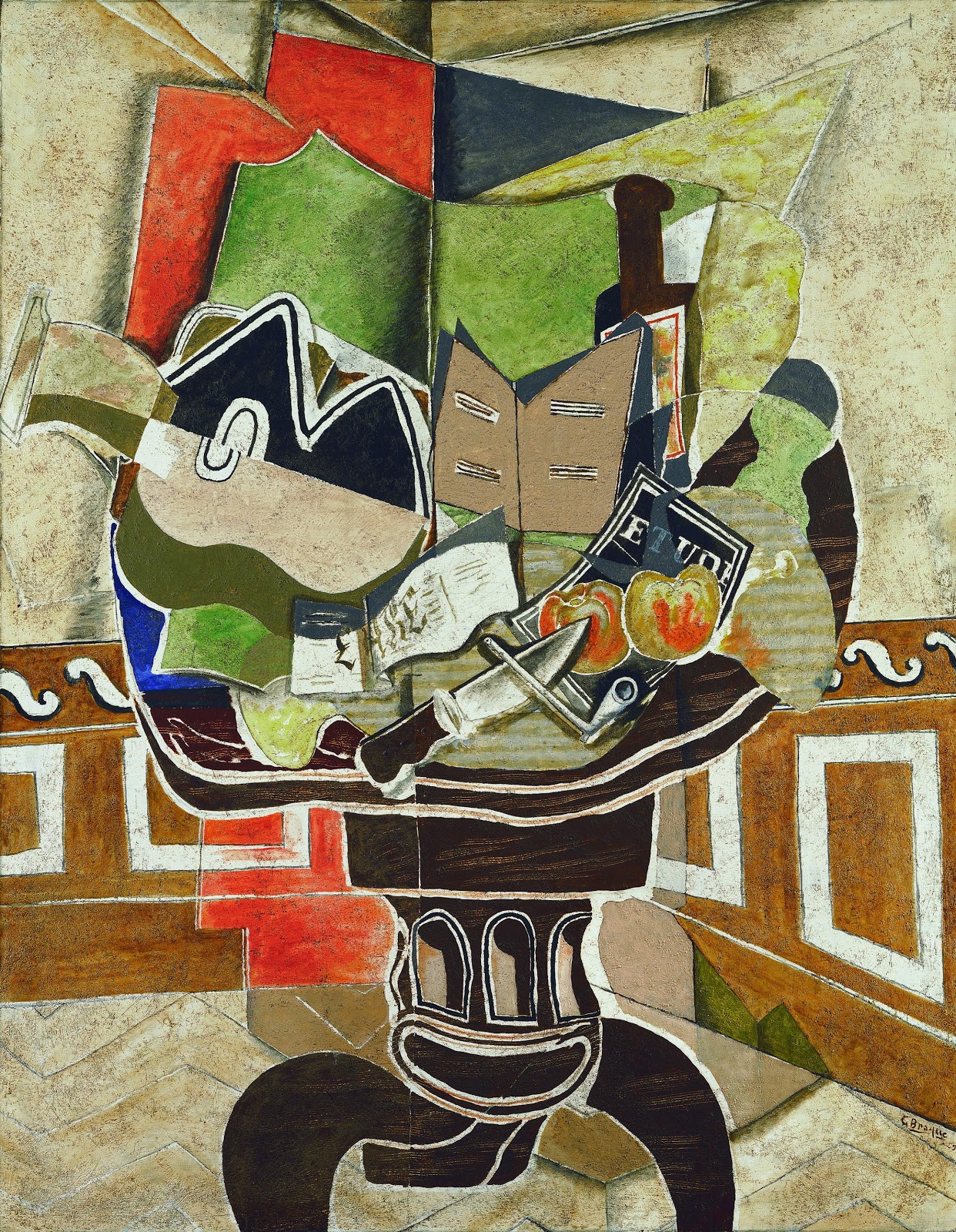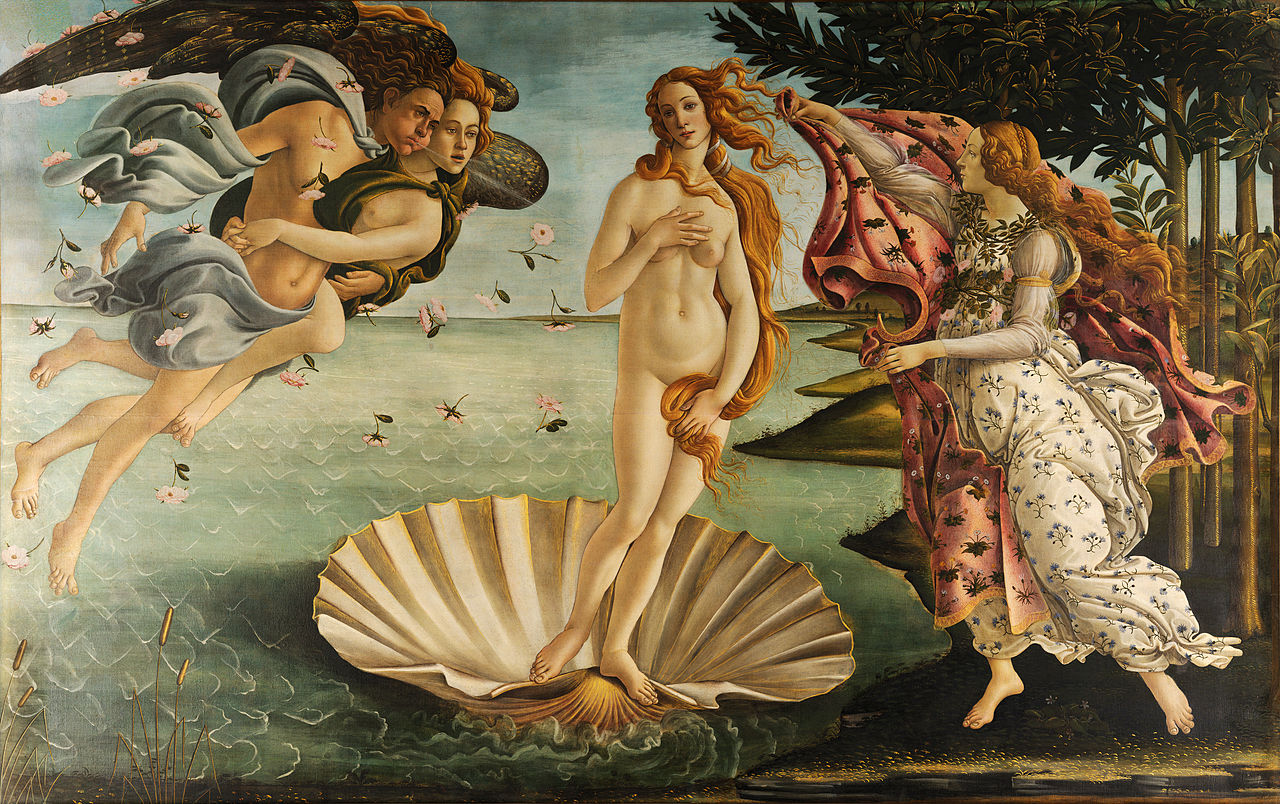South Korean artist Seung Mo Park 성 명 박 승 모 (朴勝模) creates gorgeous sculptures from tightly wrapped aluminium wire over fibreglass forms.
Park gained a Bachelor of Fine Arts from Dong A University in Busan, South Korea’s second largest city after Seoul.
Making up Park’s ‘Human’ series, the figures display painstaking attention to detail, from the bone structure and curves of the human bodies, to the delicate strands of hair and the folds and wrinkles of draped clothing.





